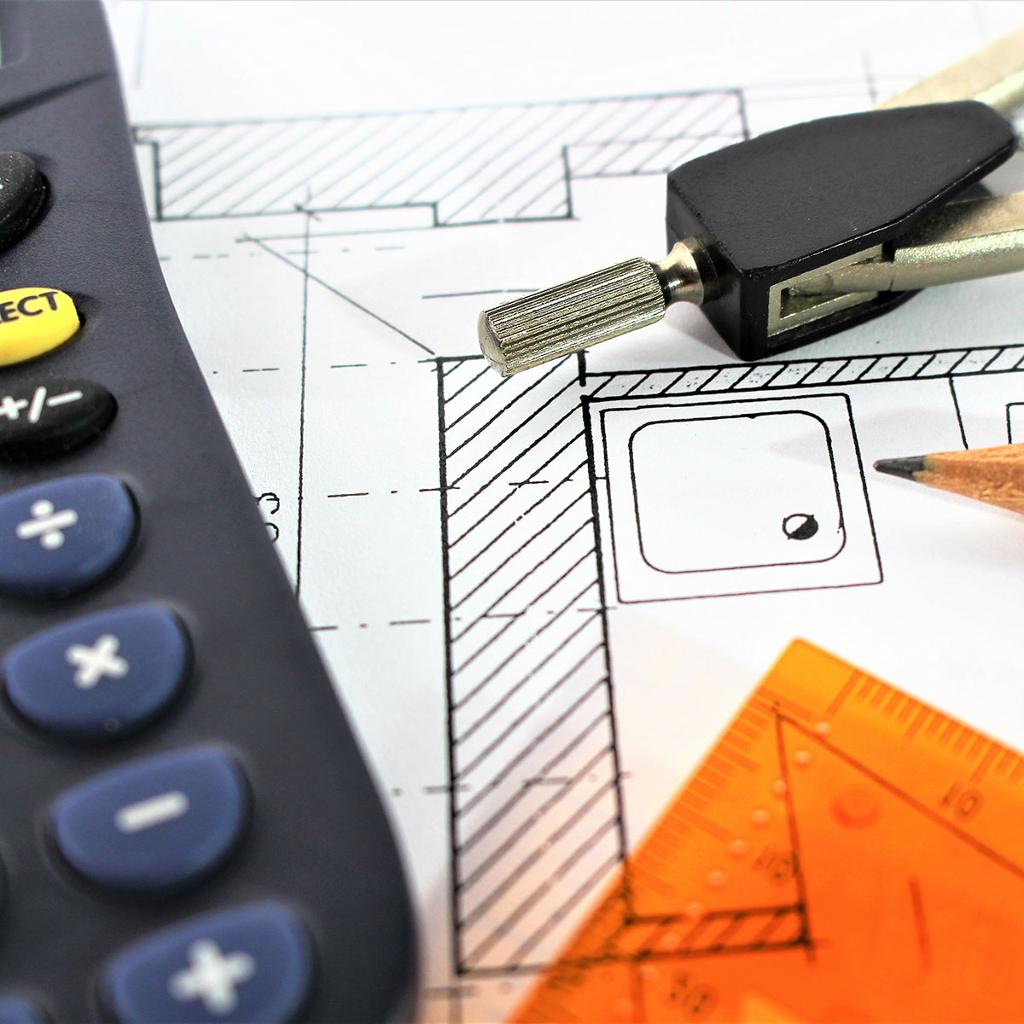
Budgeting for a Custom Bathroom
If you’re thinking of designing your bathroom with lots of custom fixtures and fittings as well as unique decorative elements, you’re going to need to plan your spending up-front. A high-end, luxury bathroom with made-to-measure features can be a costly affair—depending on your needs—so it’s important to know the price of your undertaking before you start. Let’s take a look at how to price up a bespoke bathroom.
Contents
Decide whether or not to customise the whole bathroom
Consider mixing and matching bespoke with off-the-shelf
Price out the whole bathroom for a custom build
Decide whether or not to customise the whole bathroom
Calculating how much a bespoke bathroom costs starts by planning the space and working out exactly what it is you’re looking to change—are you just refreshing the furniture, or will you need to reroute the pipes? Moving the plumbing around will add around a couple of thousand pounds to your budget, so think long and hard before you make the decision to find a plumber.
Beyond that, what else will you be looking to change? Just the bathtub, toilet and washbasin—or will you be retiling the space and adding other new decorative elements like wallpaper? Finally, will you be having everything handmade by an artisan or custom factory manufacturer? Or will you choose to mix and match bespoke and off-the-shelf items? All of these factors will reflect on your final bathroom budget.
Consider mixing and matching bespoke with off-the-shelf
Handcrafted products made by artisanal manufacturers, while generally of a very high quality, will likely be expensive and harder to replace if they break. Just think about handmade ceramics, for instance—each tile hand shaped, cut, painted, glazed and fired. They could, understandably, end up costing you four or five times what you’d pay for mass-produced alternatives.
It’s worth thinking about just how much custom-made stuff you need in your bathroom and whether or not you can live with incorporating a few readymade products—from the shower tray to the bathtub. Off-the-shelf collections such as the In-Stock range at Riluxa, for instance, give you outstanding build quality and high-end styling, but at readymade prices.
Meanwhile, think about how you define made-to-measure bathrooms. Is it a case of having everything built by a single craftsman who works on every last detail of the product herself? What about factory-made products that are fully customisable to your exact needs—from the size and shape to the colour and features? Is the range of custom-built Corian® washbasins at Riluxa, for instance, any less artisanal because it was worked on by a team and can be bought online at the click of a button? After all, each item is fully customisable to the customer’s exacting needs—it’s simply more cost-effective than if it had been built over a period of weeks or months by a single person.
Price out the whole bathroom for a custom build
Whilst mixing and matching bespoke and off-the-shelf bathroom furniture is a great idea and enables you to achieve a high-end finish with a lower price tag, it’s worth pricing out every item as if made to measure, so that you can decide how to balance those products in your final remodelling shortlist.
Here’s a list of products the prices of which you might want to consider:
- Bathtub
If you design a custom bathtub using a highly flexible material like Corian®, it can be sized and shaped to your exact needs very easily, so can cost you as little as £2,500. A marble bathtub, on the other hand, will be hand-carved out of a single piece of rock so will be much more expensive, accordingly.
- Washbasin
Again, work out whether you’re looking for a more flexible material like solid surface, which will enable you to save money on a custom build, or a material drawn straight from the earth like azul macauba, which is a quartzite that’s arguably even more beautiful than marble. The higher-end you go, the more expensive.
- Cabinetry
Do you need a custom vanity or will it make very little aesthetic difference if you go for a more cost-effective, off-the-shelf option? Don’t forget, you can recondition an existing piece of furniture—perhaps an antique cabinet—with a custom vanity top to achieve that one-off feel without breaking the bank.
- Tiling
Custom-made tiles are, naturally, the most expensive kind because they are hand-rolled, cut, painted and glazed by a ceramic artist. You can just as easily get a custom feel in your bathroom by purchasing antique overstock tiles from bygone eras, so long as they’re unused and free from cement.
- Lighting and glasswork
Lighting made by designers like British artist Nicola Schellander—who works exclusively with glass—can add instant uniqueness to your custom bathroom. Just be prepared to pay significantly more for a hand-blown glass light fitting than a recessed halogen bulb from a high-street retailer. Which one you choose is all a matter of how opulent you want to go.
- Wallpaper
Handmade wallpaper printed by the likes of British high-end wallpaper designer Dunford Wood is the ultimate decorative touch in a custom bathroom. Just bear in mind that it will cost you £200 for a single 10m roll, compared to around £30 for a roll of high-quality factory-printed wallpaper. Is it better to have a custom bathtub and mass-produced wallpaper or vice versa? And, perhaps more importantly, which will cost less?
Once you have a good idea of the highest price you might pay for a fully customised bathroom remodel, you can start to work backwards, replacing items you’re more flexible about with mass-produced alternatives. That way, you’ll end up with a bathroom that still reflects your unique tastes, but also takes better care of your bank balance.